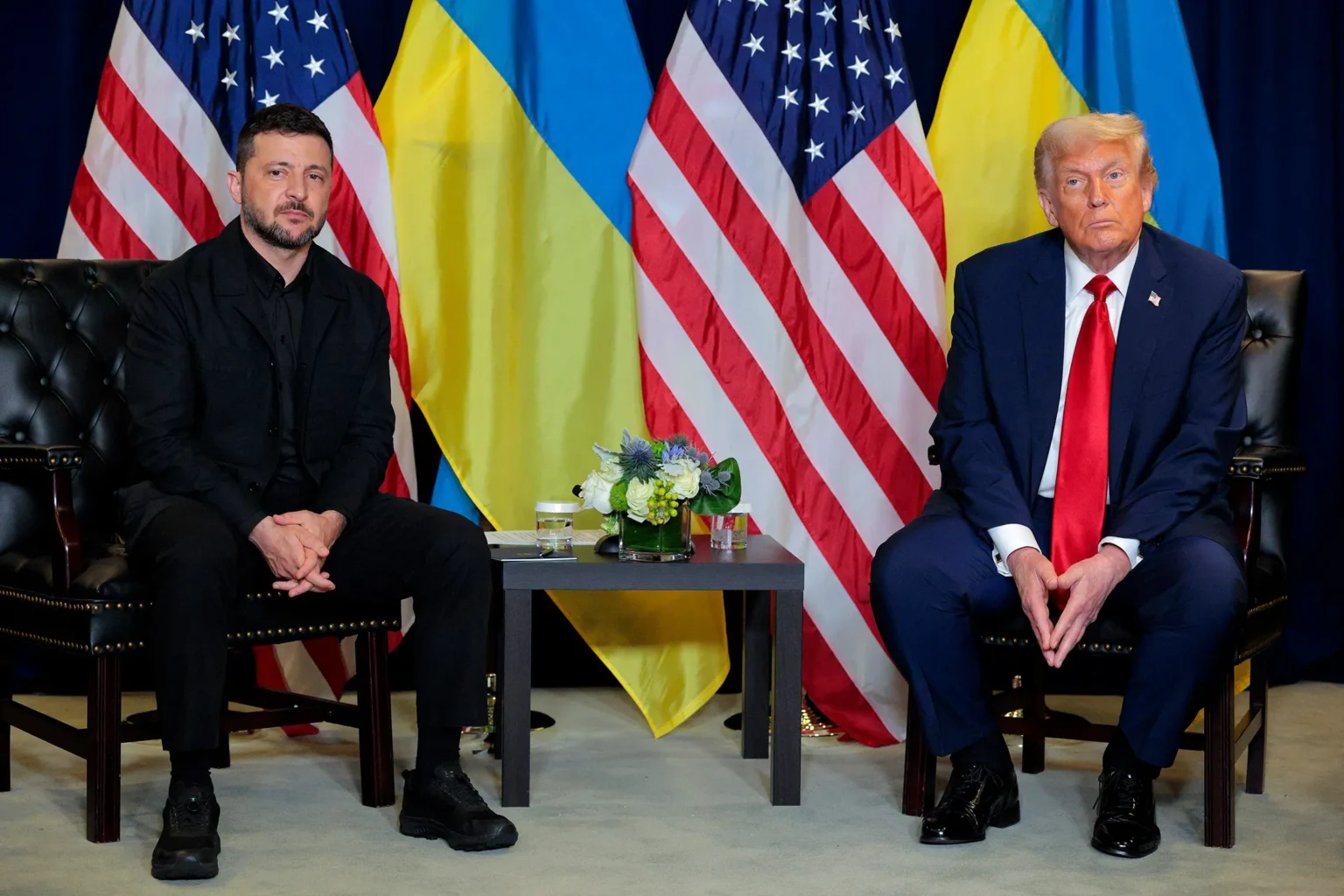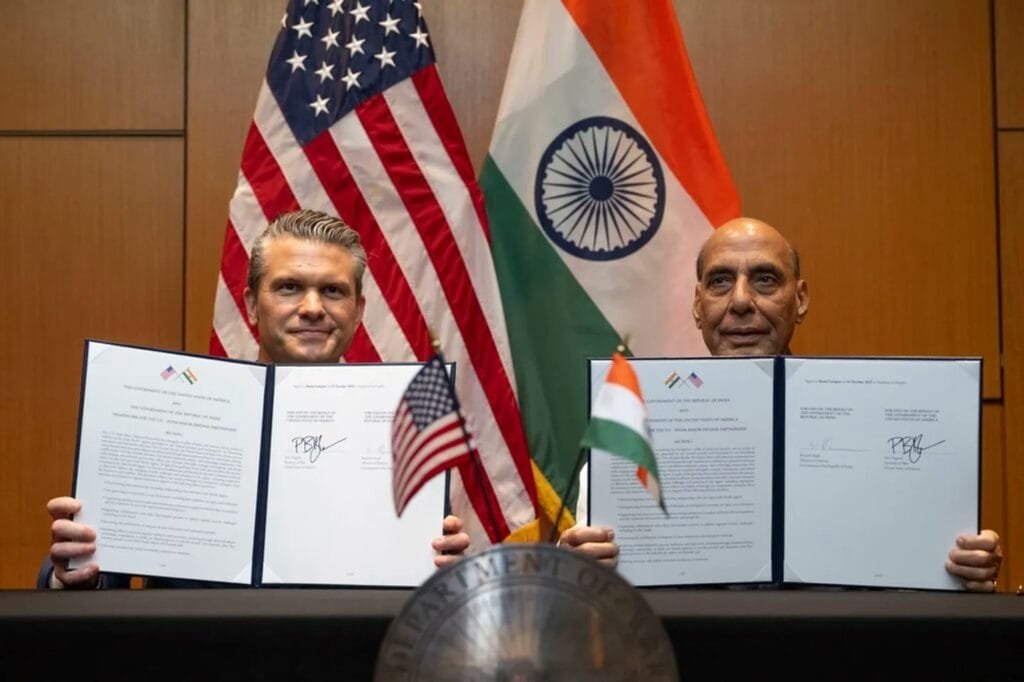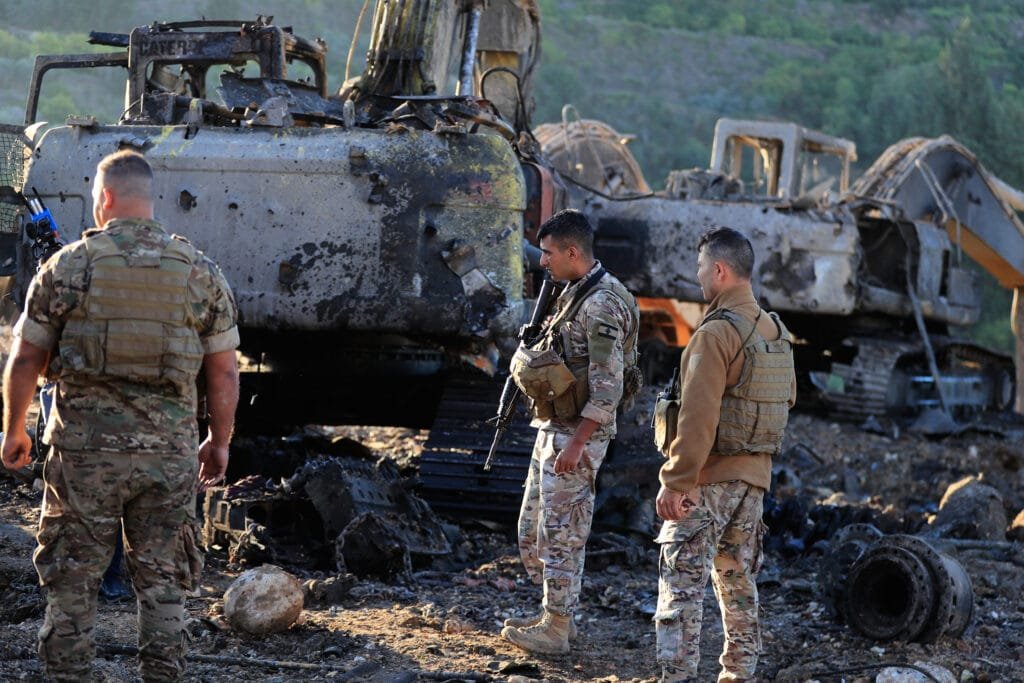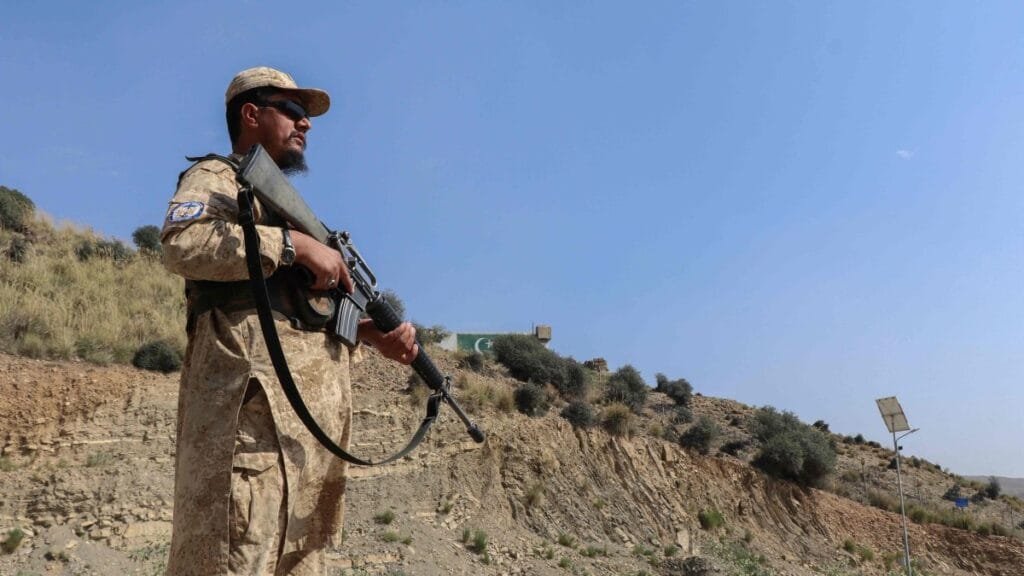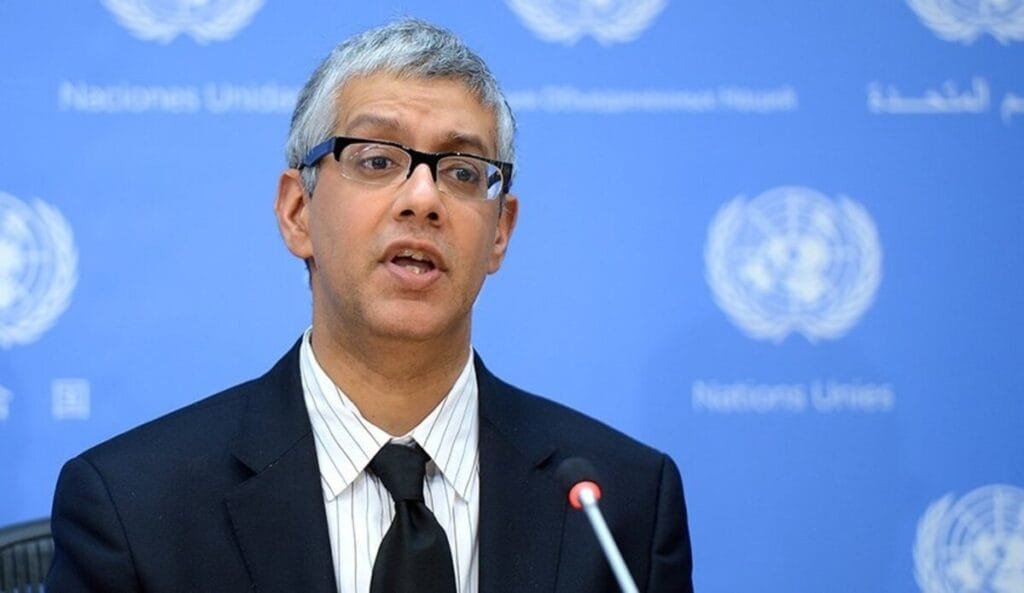President Donald Trump said on September 23, that NATO member states should shoot down Russian aircraft that violate their sovereign airspace. The remark came during a joint appearance with Ukrainian President Volodymyr Zelenskyy at the United Nations General Assembly in New York, when a reporter asked him if NATO allies should take that action. He replied, “Yes, I do.”
Trump qualified that U.S. involvement in any specific shootdown would “depend on the circumstances,” indicating he was not committing the United States to automatic intervention in every case.
The statement comes amid escalating tensions due to multiple incursions by Russian military aircraft and drones into the airspace of NATO countries. Estonia, for example, reported three Russian MiG-31s entering its airspace for some 12 minutes before being intercepted by NATO aircraft. Poland has also experienced incursions, including a recent mass drone entry.
NATO has strongly condemned these violations as dangerous, labeling Russia’s behaviour “irresponsible,” warning that future responses could include military force if needed to defend NATO territory.
Trump’s call reflects a more assertive posture toward Russia by the U.S., aligned with NATO’s principle of collective defence, though it raises risk of escalation. European leaders and NATO officials will likely evaluate the operational, legal, and diplomatic implications—such as rules of engagement, risk of unintended escalation, civilian harm, and how the U.S. backs allies—in response to the president’s statement.

